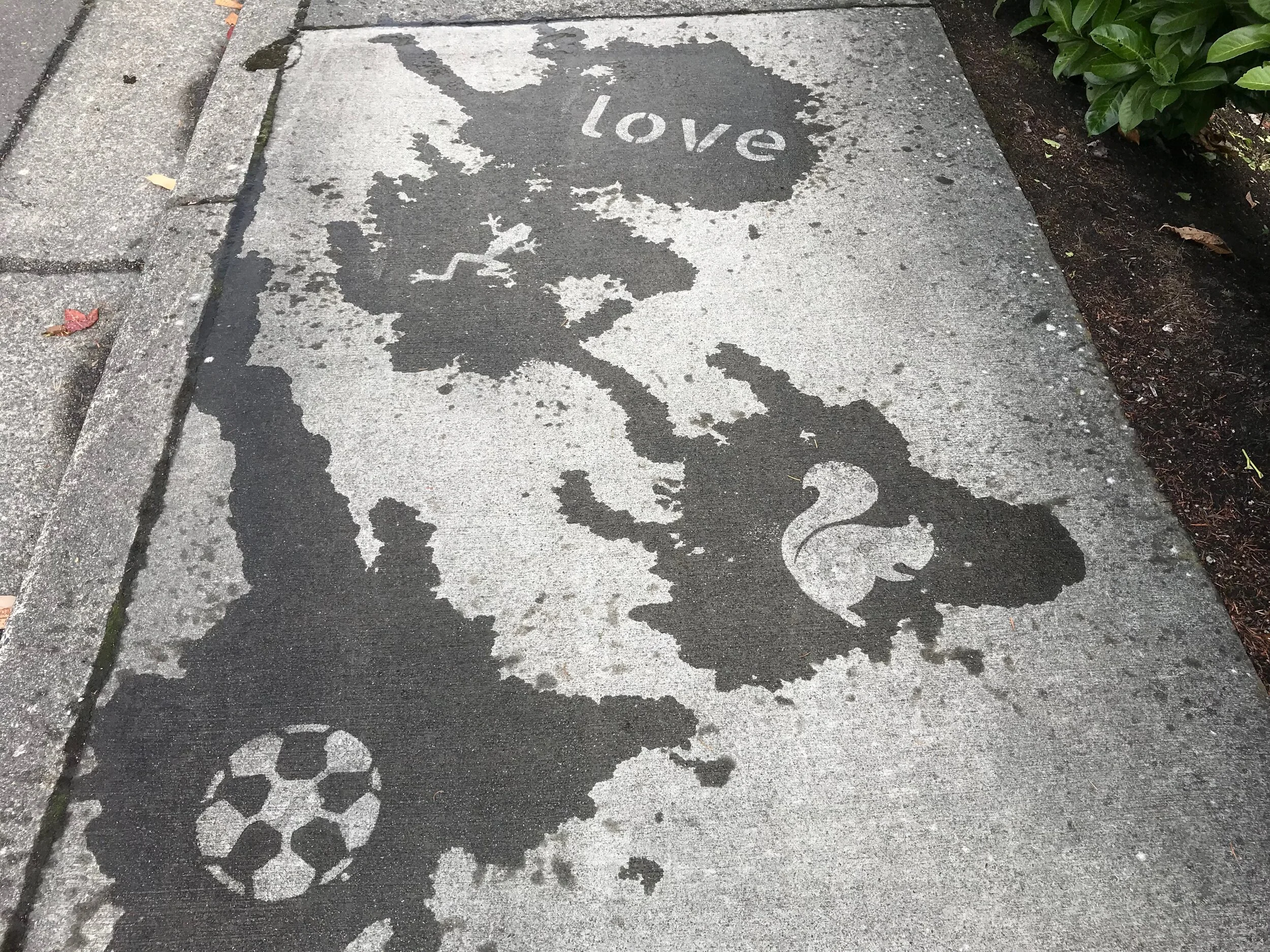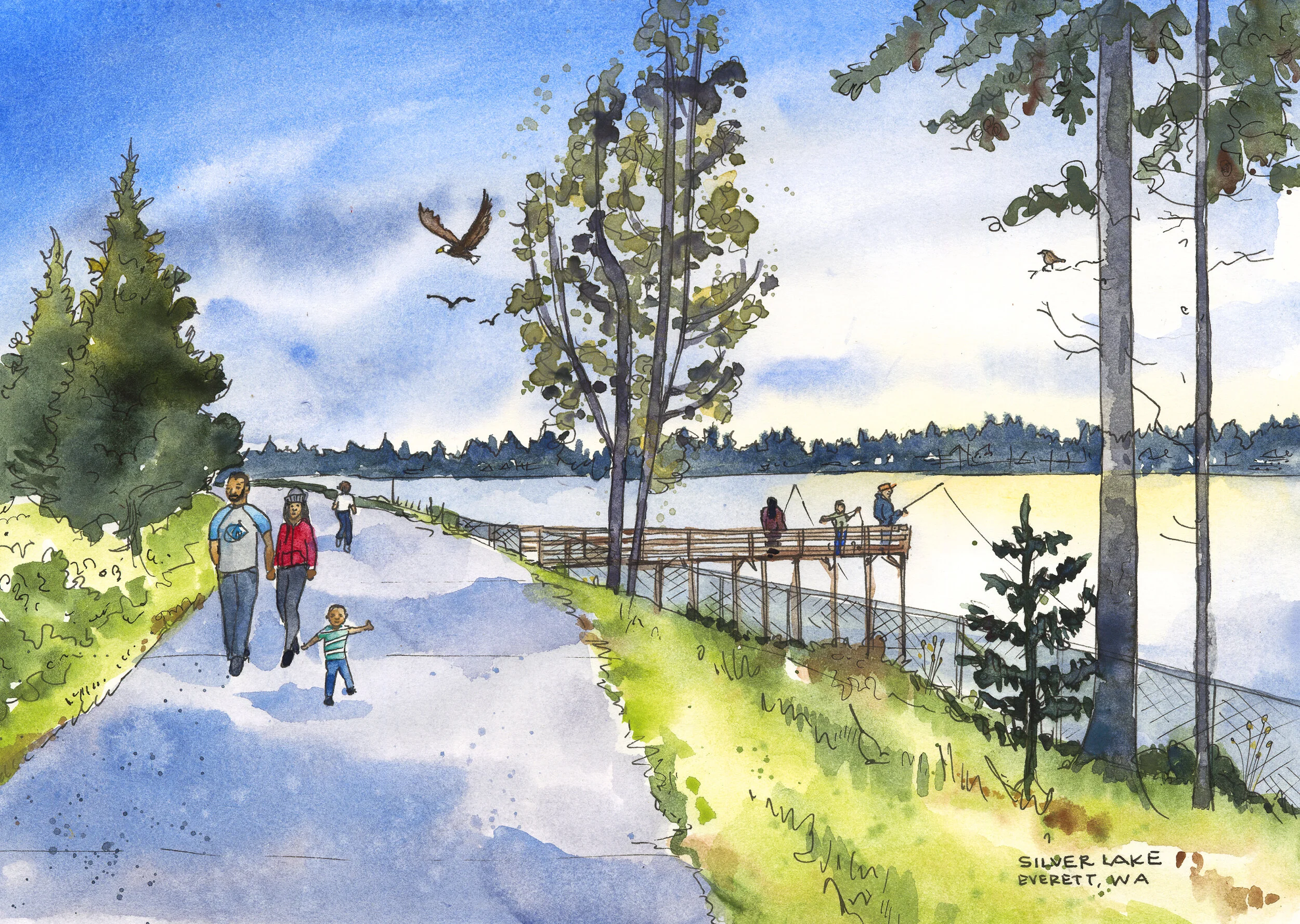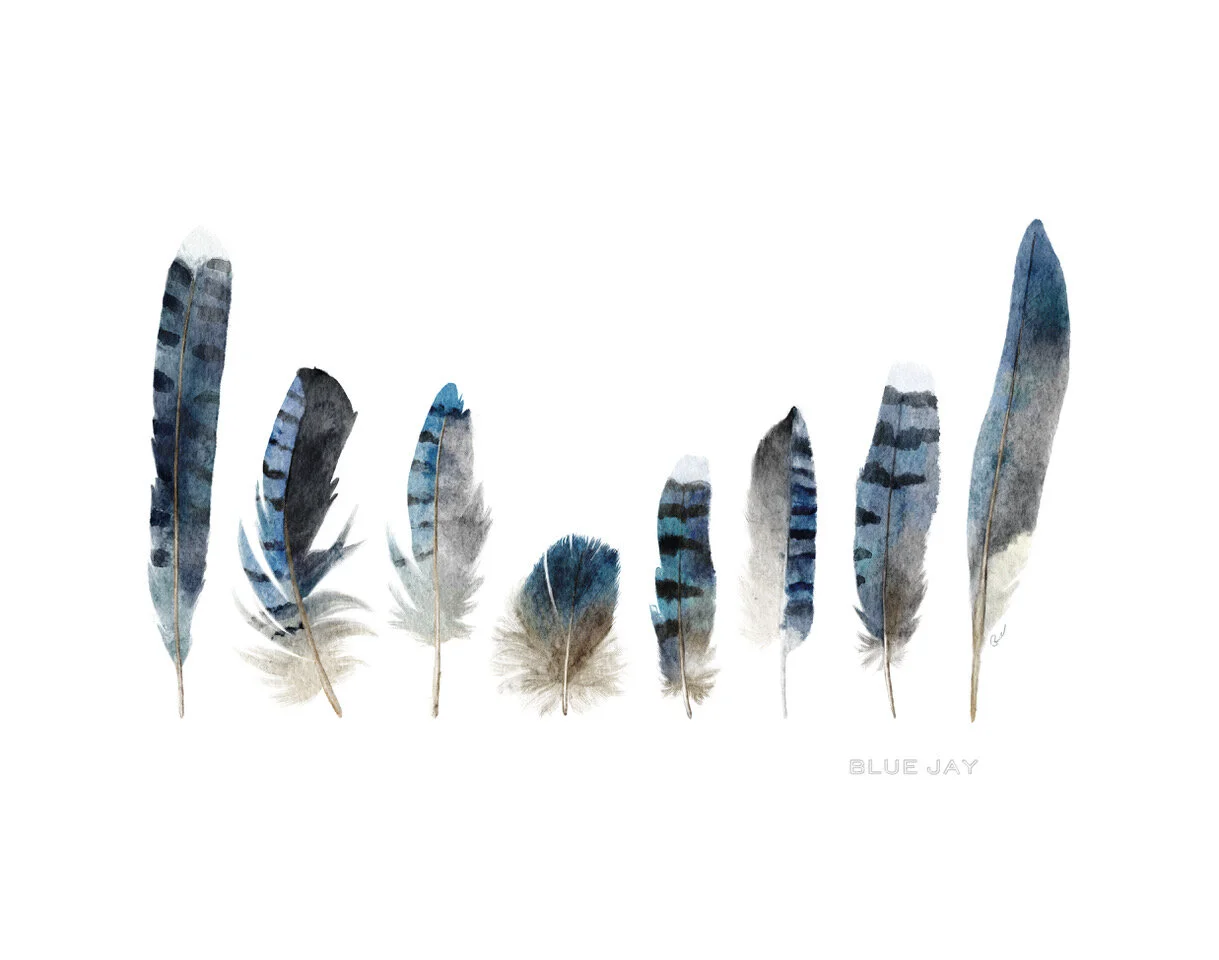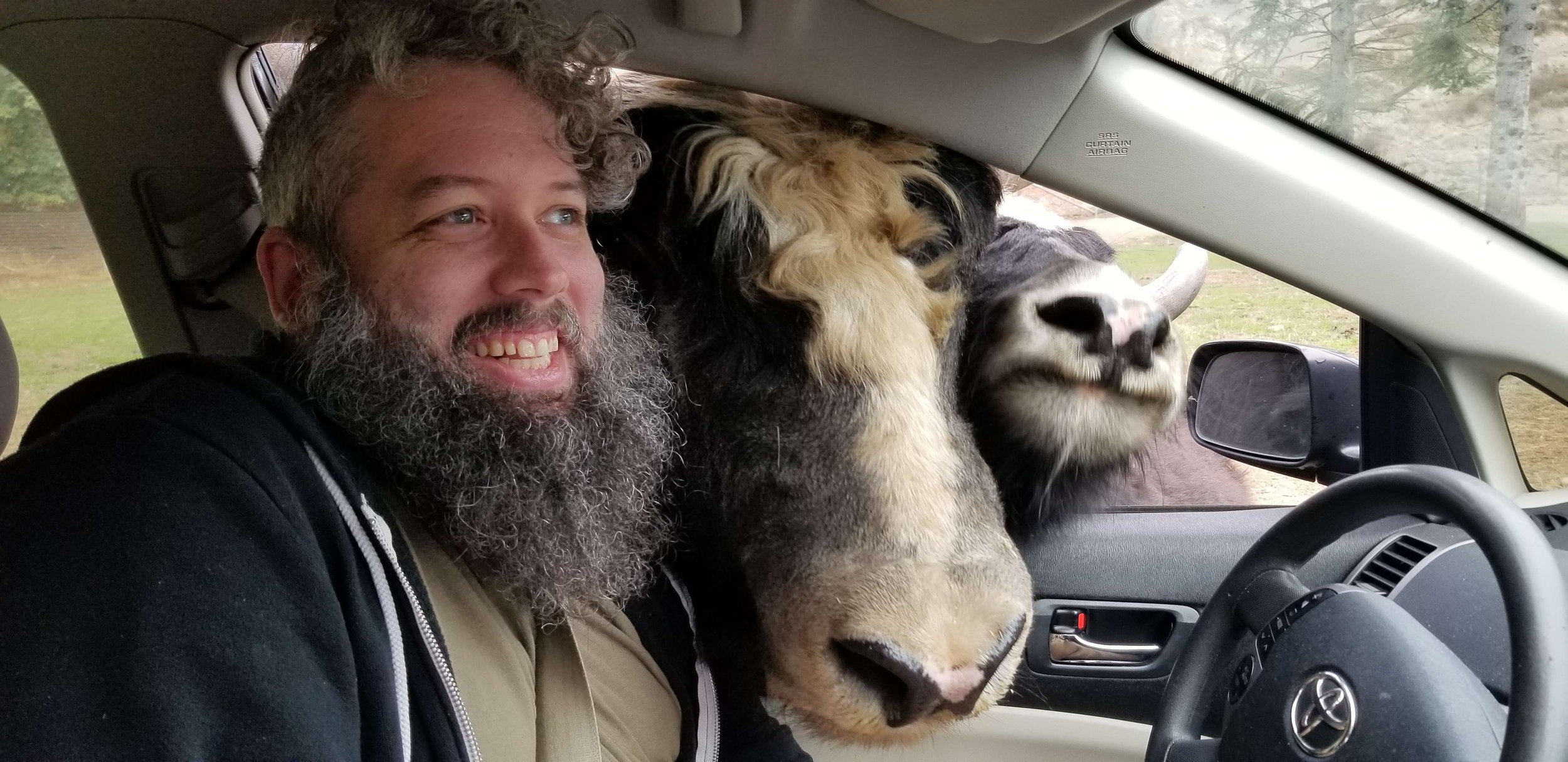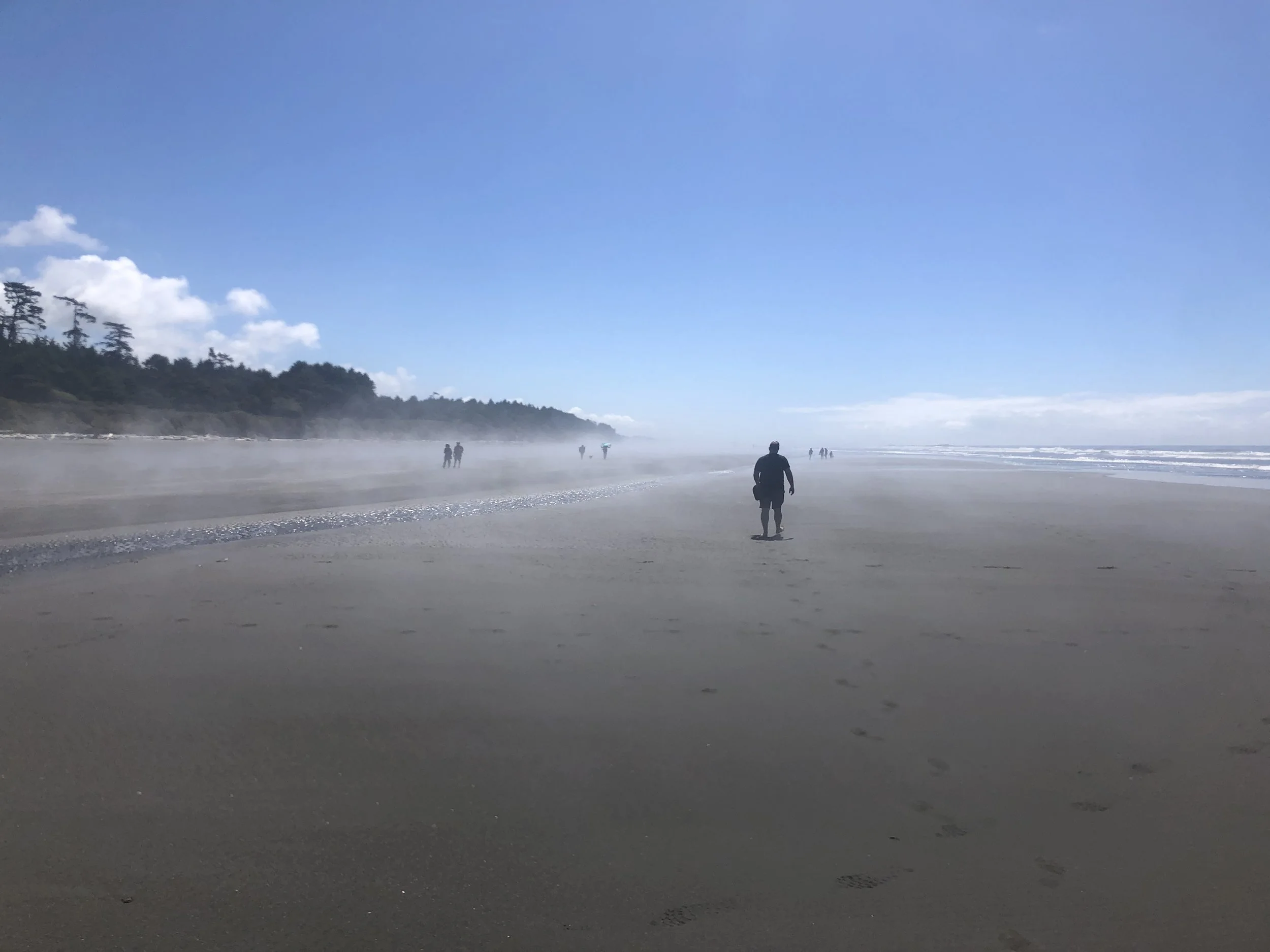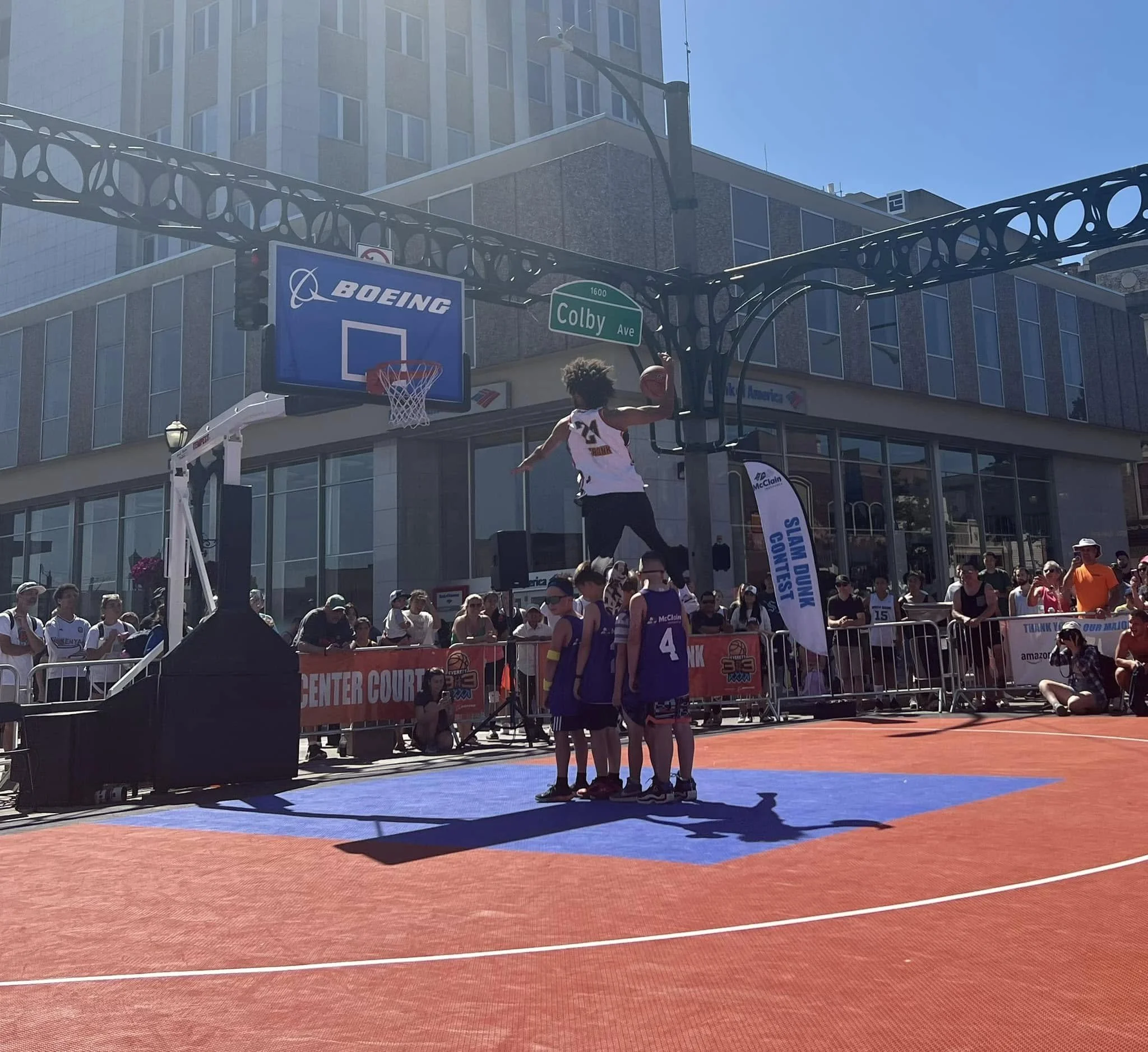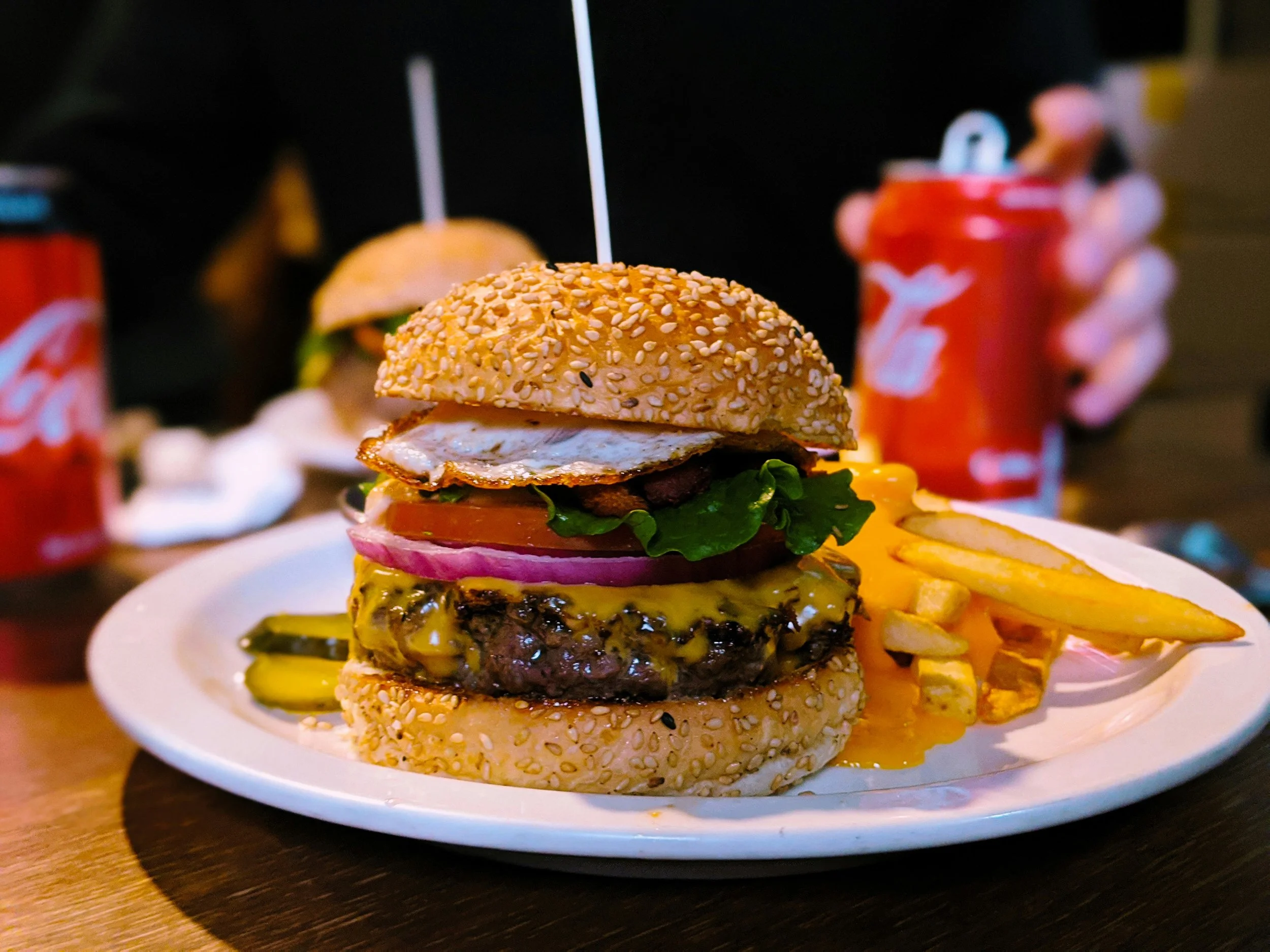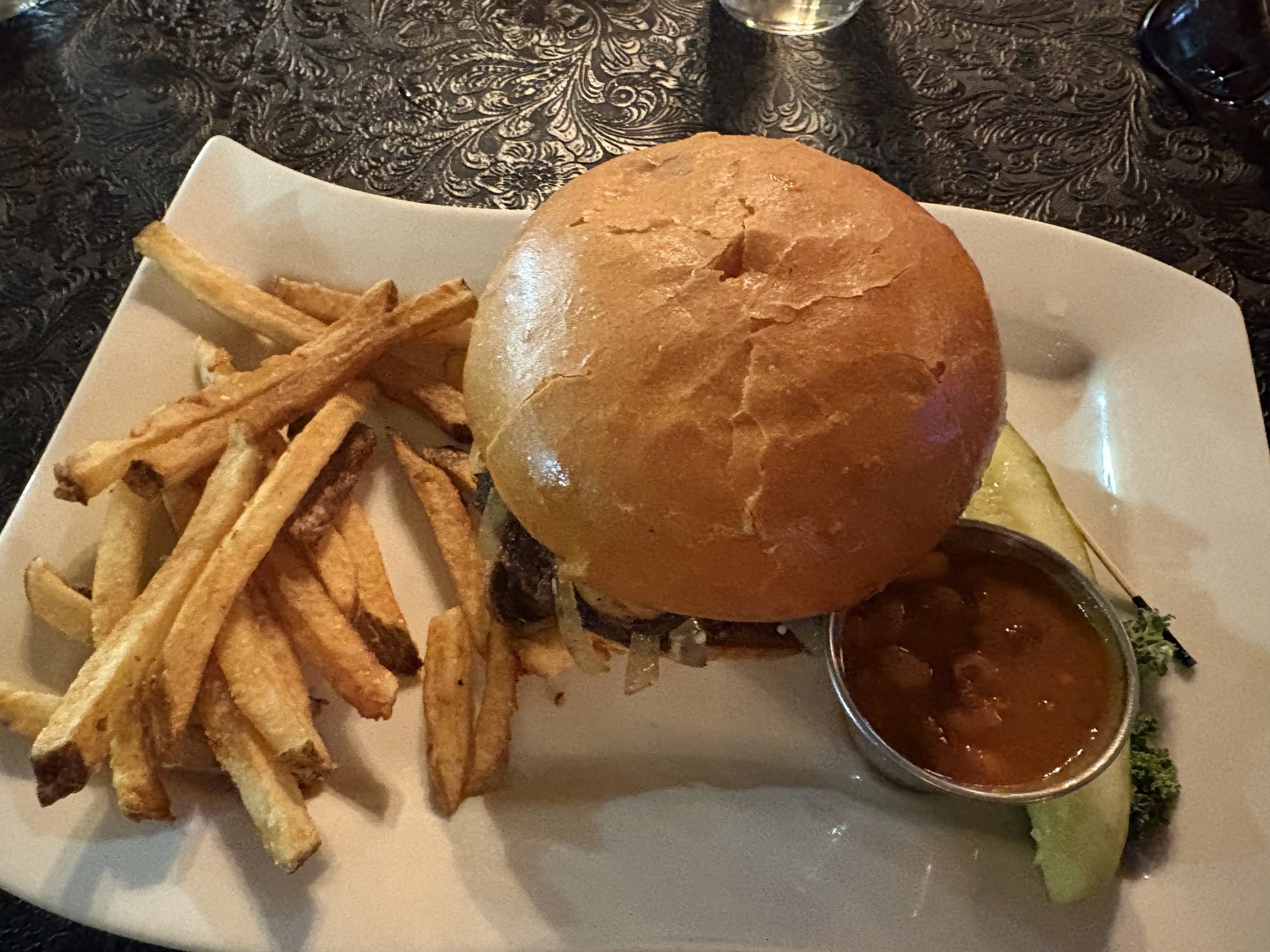Everett-based Graphic Novelist Takes Readers Through Death Valley
All images courtesy of Deb Fox.
Everett-based graphic novelist Deb Fox is like a long-distance runner of illustration and storytelling. Her recent project, a graphic novel about the life of William Lewis Manly, took four years to complete. Along the way, she road-tripped and hiked across the Midwest and Western United States to take photos for the book and gather research materials.
The fruit of her labor is “The Man Who Beat Death Valley.” It’s a full-color, 88-page graphic novel based on an incredible true story. The book takes readers into the heart of Death Valley and beyond, as Manly faces unthinkable circumstances. The book reads like a Western, with romance, wagon trains, and double-crossing antagonists.
I recently interviewed Deb on behalf of Live in Everett to chat about her experiences with making the book, cultural roles in the 1800s, and the tenacity it takes to eat raw ox.
LIEv: Manly's story in the book is told through flashbacks. They take the reader in and out of episodes, much like a film. How did you keep track of the timelines and shifting geography in telling this story?
DF: Just a little background - William Lewis Manly was 29 years old when he left southwestern Wisconsin for California in 1849. He was part of the Gold Rushers, who fled economic depression for a chance of riches in the goldfields of California. The country was unorganized territory west of the Mississippi, and largely unexplored. Much like the Donner Party, Manly and his group of pioneers nearly died when they took an ill-advised shortcut. Manly and his friend Rogers risked their lives to save two families by walking 500 miles of desert to get them food and guide them out of Death Valley.
The “present moment” in my book is when Manly realizes he’s been abandoned by his friend he had saved in 1849. In this pivotal moment, Manly recollects and tells the story of his friendship with Bennett - how they met, and their terrible trip west.
LIEv: A person has to be pretty tough, like Manly, to eat a raw ox. Did your exploration of Manly's tale and route inspire you? If so, how? Did his heroic acts and altruism make you think about the world differently?
DF: Manly's route did inspire. We live in a beautiful country, although some of it is quite treacherous! My husband Steve and I followed Manly's route from Wisconsin all the way to Los Angeles, except for military property, tribal lands, and some parts of the Green River which were only accessible by water. Photographs are used for backgrounds so that readers of The Man Who Beat Death Valley will experience how the landscape changes - from the green foliage of the Ohio Valley, to the dry, rocky landscape of the Great Basin Desert.
It was inspiring to stand at the Mississippi River, and imagine nothing but wilderness stretching to the Pacific Ocean. Following the Oregon Trail now is quite a bit different. Highways, farms, powerlines, and buildings cover much of it, but there are a few spots where we could see wagon ruts, which was pretty exciting. I had to remove 21st century America from 19th century America in many background photos.
We visited a few places in the Nevada desert that were frighteningly desolate.
Not only did I reflect on the changes to our landscape, I thought often of our changed temperament and values as Americans. A pioneer's daily existence was hard work back in the 1840s. If they couldn't make an item themselves, they bartered for it, or went without. We have much more leisure time than people did back then. The Industrial Age and Information Age were after Manly's time, so it feels like we are living in an alternate universe than Manly. By the way, Manly was amazed at how easy train travel was compared to walking across America in the 1890s. I can imagine how he'd feel today knowing you can get across the country in a few hours.
Other values of Manly's stood out. His attitude towards women was particularly deferential. Manly was polite and knew when to hold his tongue. He was considerate of others and gave people the benefit of the doubt. Thinking of others before oneself sometimes seems like a lost value these days.
Manly became fleshed-out after I read his handwritten letters from the 1880s in the Huntington Library. His hand shook and he apologized for his infirmities, but he kept his humor. I saw a man who was a bit glum facing death, wondering if his contribution to America would be erased by time and memory. I am excited to tell his story for the first time in a graphic novel format.
LIEV: Your book includes a glossary, historical notes, and information about the custom fonts you used in this book. Is your book intended to reach budding students/fans of history? Who is your ideal target audience and what would you like to encourage them to do?
DF: My ideal target audience is anyone, old or young, who wants to learn about a real American hero. Western lore is full of characters like Kit Carson, who brutalized Native Americans. Manly respected Native Americans and loathed slavery. I'd like everyone to know about William Lewis Manly. The appendices are for folks to learn more, and to document this true story. I also want to reach educators and librarians with The Man Who Beat Death Valley.
LIEv: Your telling of Manly's tale brings out the plight of Native Americans and African Americans. But I ended up feeling most for the women in this story, who were treated harshly in the 1800s. The women were the last ones to call it a day in pioneer camps and they were expected to take care of the children in deadly desert conditions. How did this make you feel about Sarah Bennett? In many ways she seems to be a second hero of this book (if only for putting up with her wicked husband).
DF: Sarah Bennett is a bit of a mystery. There are no known photos of her, and her grave is lost to time. What little we know about her is through Manly's writings and genealogists. Manly loved Sarah, so I imagine her to be a kind person. There were times I thought about her and compared her to the 19th century Everett heroine, Emma Yule. Sarah didn't have a chance because she was married off to Asahel Bennett at the age of 15. Yule got an education and stayed away from marriage, which often was the only way for women to stay independent back in the 19th century.
I feel sorry for the women in my book. When the men of the wagon train decided it was a good idea to break a new trail across the unexplored desert, the women had no say in the matter. Poor Mrs. Arcan became pregnant on their horrible trip west. Women were long-suffering, yet brave and loyal to a fault.
LIEv: Some of the objects in the books seem so foreign to our time and place. How did you figure out what a cornstalk fiddle looked like? Or how to depict a dead bear?
DF: The internet is a beautiful thing! I didn't even know there was such a thing as a cornstalk fiddle until Manly mentioned one. We visited many historical museums along Manly's route which were fantastic references as well.
LIEv: Besides Everett Comics and online, can locals get your book anywhere?
DF: I think it's great Everett Comics is selling The Man Who Beat Death Valley. The store is full of imaginary superheroes, and now there's a real one! Edmonds Bookshop, Uppercase Bookshop in Snohomish, and Wits End in Marysville should have it soon.
You can order a copy of “The Man Who Beat Death Valley” and Deb’s other graphic novel, “Everett Massacre” here.
Richard Porter is a writer for Live in Everett.

















